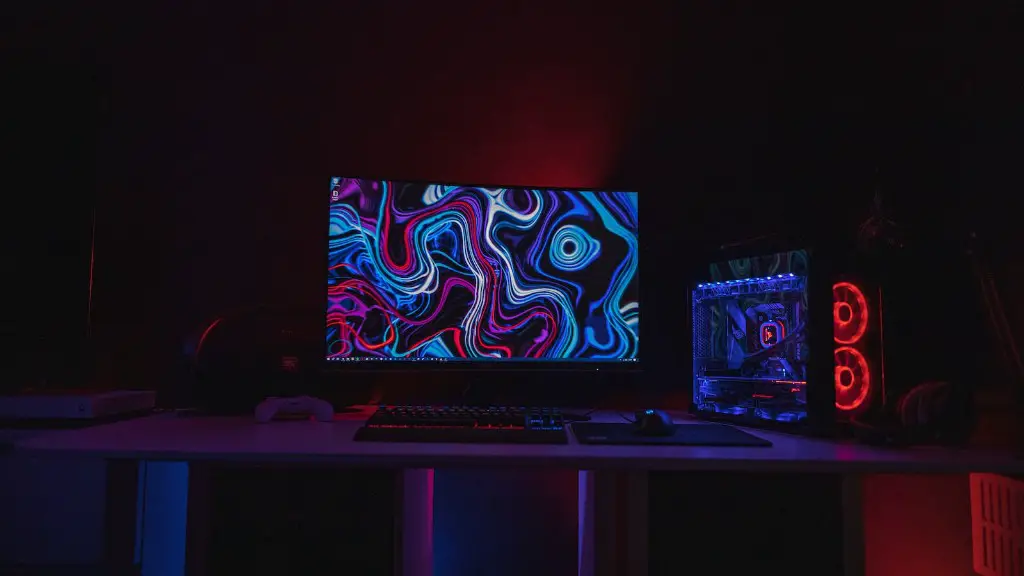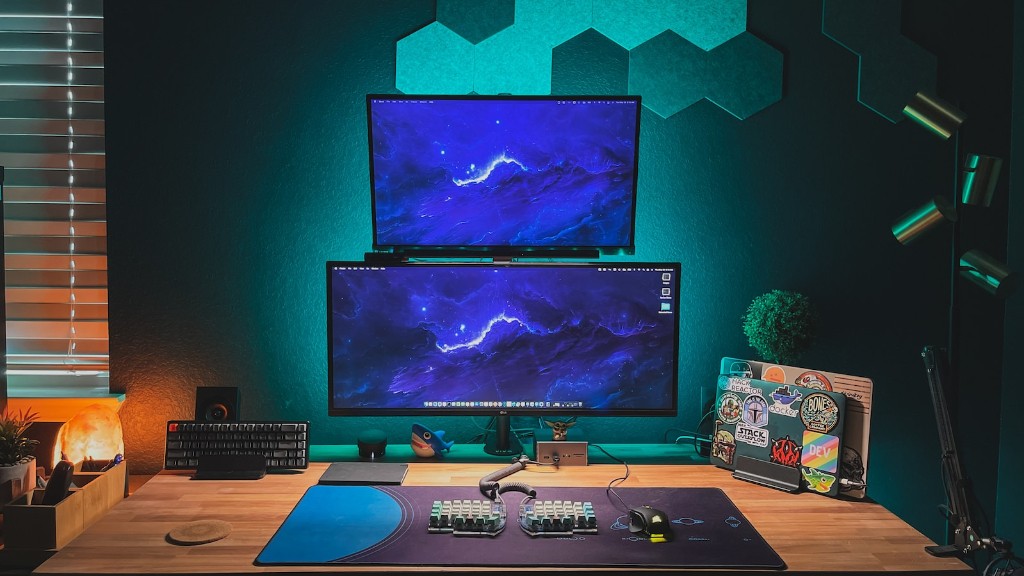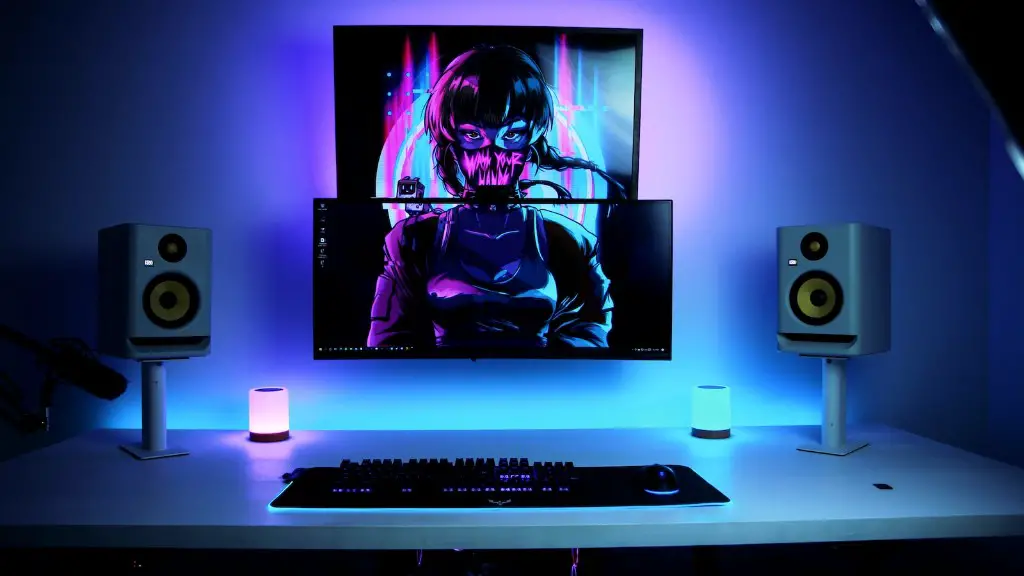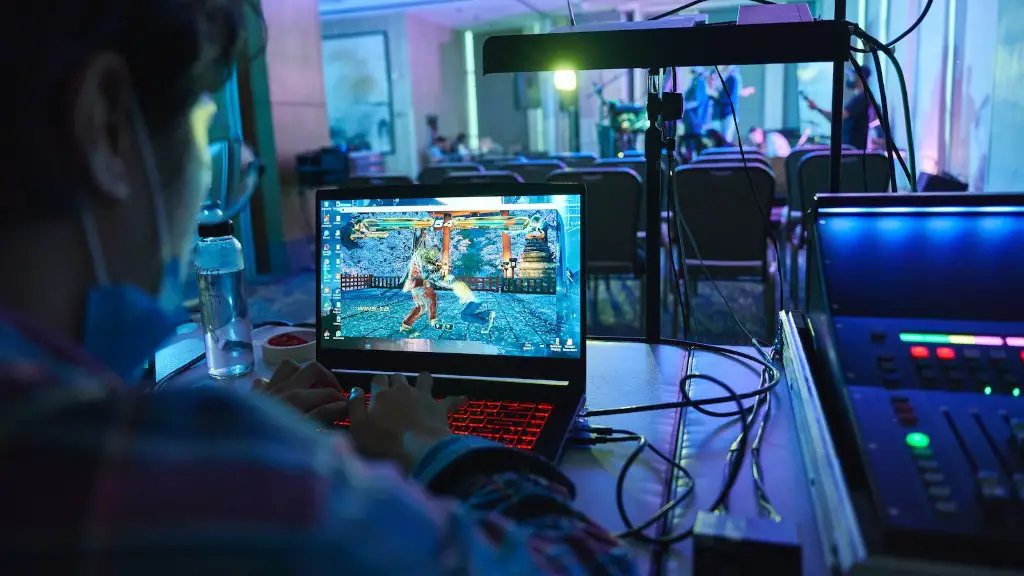Building your own gaming PC can be a daunting task, but with the right research, you can make the right decisions. A motherboard is the backbone of any gaming PC, so choosing the right one is essential. Here are a few tips on how to select the best motherboard for a gaming PC.
First, you need to consider your budget. Motherboards come in a variety of shapes, sizes and prices, so it’s important to have a general idea of how much you’re willing to spend before you start shopping. Also, you need to consider the type of processor you’re going to use and the number of graphics cards that the motherboard should accommodate. Most gaming motherboards will have multiple PCI Express slots for graphics cards but you need to check the specifications before you buy.
The number of memory slots should also be considered. Most gaming motherboards come with four RAM slots. You need to ensure that the slots are compatible with your processor and that the motherboard supports the type of RAM you’ll be using. Most gaming motherboards also come with multiple SATA ports to support multiple hard drives or solid state drives. You should also look for additional ports and slots such as USB, Ethernet and audio connectors.
You should also look at the form factor of the motherboard. ATX and micro ATX are the two most common form factors. The ATX form factor is generally more expensive and can accommodate more components. The micro ATX form factor is smaller and cheaper but can still accommodate some gaming components.
It’s also important to consider the cooling options of the motherboard. Most gaming motherboards come with a CPU cooler and several fan headers to connect additional fans. The number of fan headers can vary so it’s important to check the specifications before you buy. You should also ensure that the motherboard supports the latest technologies such as overclocking, multi-GPU and multi-display support.
Finally, it’s important to look for a motherboard that comes with a solid warranty and reliable customer service. Most manufacturers offer a 3-year warranty on gaming motherboards, so this should provide enough time for any issues to arise and be resolved. Customer service is also important, since you may need to troubleshoot any issues you have with your motherboard.
Base Connectors and Expansion Slots
Another important factor when choosing a gaming motherboard is the selection of base connectors and expansion slots. Motherboards based on the new Intel Z490 chipset come with up to 6 USB3 Gen1 connectors as well as DisplayPort, HDMI and Type C connectors, allowing you to utilize the latest high performance peripherals. Additionally, Intel Z490 motherboards offer multiple PCI-E 3.0 slots for M.2 NVMe drives, graphics cards and other expansion cards, providing you with plenty of options for your build.
It is also important to make sure the motherboard you are looking at supports the latest technologies such as USB 3.2 Gen2 and WiFi 6 or 802.11ax, the latest wireless networking standard. Most modern motherboards come with integrated WiFi and Bluetooth, making it easier to connect to the Internet without needing separate components.
In conclusion, building a gaming PC requires careful consideration of the motherboard, as it is the cornerstone of the build. It is important to consider the form factor, number of expansion slots, current standards and technologies, as well as compatibility with the processor and any other components. With the right research and careful planning, you can save time and money, and get the best possible board for your build.
Overclocking and Fan headers
Choosing the right gaming motherboard also means that you should have an understanding of overclocking capabilities of the board. Overclocking allows you to increase the speed of your processor and graphics cards for improved performance. Most gaming motherboards offer basic overclocking features, however, if you are looking to overclock your components more extensively you will want to look for a motherboard that offers more robust overclocking support.
Finally, it is important to make sure the motherboard you choose has adequate fan headers. As gaming components generate a lot of heat, it is necessary to have sufficient fan headers in order to connect the right number of fans to the motherboard. Most gaming motherboards come with 8 fan headers and additional RGB headers if you wish to add additional lighting effects to the build.
All in all, choosing the right motherboard for a gaming PC is a critical decision and it should be made carefully. You should consider the form factor, number of base connectors, expansion slots, current technologies, overclocking capabilities and fan headers. It is also important to ensure that the motherboard is compatible with your processor and other components, as well as having a good warranty for reliable customer service.
PCI Express Slots
Graphics cards are essential for gaming, and you will need to make sure your motherboard has enough PCI Express slots to accommodate them. Most gaming motherboards come with at least one PCI Express 3.0 x16 slot and you can look for additional slots if you want to install more than one graphics card. When deciding on how many PCI Express slots are necessary, you need to consider the types of cards you are planning to install as some cards can be larger than others. For example, an Nvidia RTX 2080Ti requires a 3-slot, while a GTX 1050Ti can be accommodated in a single slot.
You should also keep in mind that the number of slots available will dictate the maximum number of graphics cards that can be installed, which in turn affects the gaming performance. Most gaming motherboards come with 2-6 PCI Express slots and it is important to make sure the number of slots available is enough to meet your needs.
Additionally, you should be aware of the number of lanes available on each slot. Most gaming motherboards come with 8-16 lanes and the lanes that the cards use are mapped to the available slots. This is important to consider if you are planning to install two or more graphics cards in SLI or Crossfire as they will need to share the same number of lanes. Another factor to consider is the speed of the slot. For example, most motherboards come with PCI-E 3.0 slots, but some motherboards also offer PCI-E 4.0 slots which allow for faster data transfer speeds.
In conclusion, the number, speed and lanes of PCI Express slots are important factors to consider when choosing a gaming motherboard. You should consider the types and number of graphics cards you are planning to install, as well as the speed and number of available slots. Doing this will ensure that your system has enough expansion slots for the graphics cards you have chosen.
Optane Memory Support
The Optane memory technology is a new type of memory that can take the form of an M.2 module or a DDR4 memory module. It provides a high level of storage performance, allowing your computer to respond faster and access large data sets more quickly. Selecting a motherboard with Optane memory support will create a more powerful and responsive gaming experience.
When selecting a motherboard with Optane memory support, make sure to check if the board supports Intel Optane memory modules, or if it requires a separate adapter card. Additionally, check the motherboard specifications to make sure it supports the type of Optane memory module you intend to use. Some boards will have specific slots for Intel Optane modules and some will come with an adapter card that allows the use of a third-party device.
It is also important to ensure that the motherboard supports the latest technologies such as Intel Rapid Storage Technology. This technology allows for faster data transfers when using Optane memory and can increase the responsiveness of the system when using larger data sets. Furthermore, it is important to make sure that the Optane memory module is compatible with the operating system you are using.
Finally, it is important to make sure that the board is compatible with the processor and other components you are planning to install. Intel Optane memory is usually available on Z490 and Z590 motherboards, and it is important to ensure that the board is compatible with your processor and other components.
In conclusion, when selecting a motherboard for a gaming PC, it is important to consider the Optane memory support of the board. Factors such as compatibility with Intel Optane modules, support for Intel Rapid Storage Technology, and compatibility with the processor and other components should all be considered. If a motherboard supports Optane memory, it can give you a performance boost and make your system more responsive.




